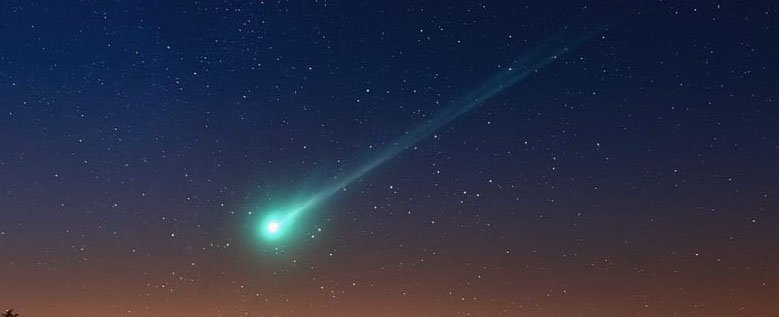A newly discovered comet, C/2025 R2 (SWAN), has sparked excitement among astronomers and sky watchers. It may soon become visible to the naked eye as it brightens through October 2025.
Discovery and Key Facts
The comet was first spotted in early September 2025 by Ukrainian observer Vladimir Bezugly using images from the SWAN camera aboard the SOHO solar observatory. Astronomers later confirmed the find and designated it C/2025 R2 (SWAN).
Currently, the comet has a brightness (magnitude) near +7, just beyond naked eye visibility. Experts predict it may brighten to around +6, making it visible under dark skies without a telescope. Its closest approach to Earth is expected around October 20 – 21, at a distance of about 0.26 AU (roughly 38 – 40 million km). The comet follows a highly elongated orbit, suggesting it may not return for thousands of years.
When and How to View It
- Best viewing period: Early to late October 2025
- Visibility: Best seen after sunset in the western sky, especially from the Southern Hemisphere
- Closest approach: Around October 20 – 21, when the comet should be at its brightest
- Constellation: The comet will pass near the star Zubenelgenubi in Libra on October 2, helping observers locate it
In the Northern Hemisphere, the comet may be harder to spot due to low altitude and twilight glare. Binoculars or a small telescope can help. Using a skywatching app will make locating it easier.
What Makes It Special
- C/2025 R2 (SWAN) appears green due to gases like diatomic carbon (C₂) glowing when exposed to sunlight. Such glowing comas are common in active comets as they approach the Sun and begin to release gas and dust.
- However, astronomers caution that comets are unpredictable. Some fade unexpectedly or even disintegrate as they near the Sun. Still, if SWAN brightens as expected, it could offer a spectacular sight this October.
Sky watcher Tips
- Choose a dark location away from city lights
- Look toward the western horizon after sunset
- Carry binoculars or a small telescope
- Check sky charts for updated positions throughout the month
Why It Matters
This is one of the few new comets of 2025 with a chance of naked eye visibility, offering both professional astronomers and the public a rare glimpse of a cosmic visitor from the far reaches of our solar system.















